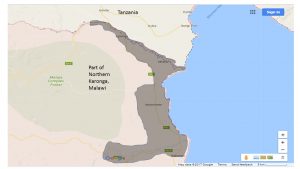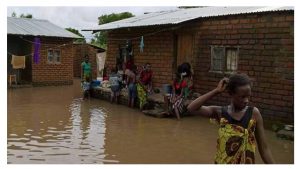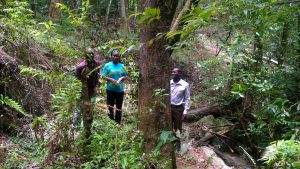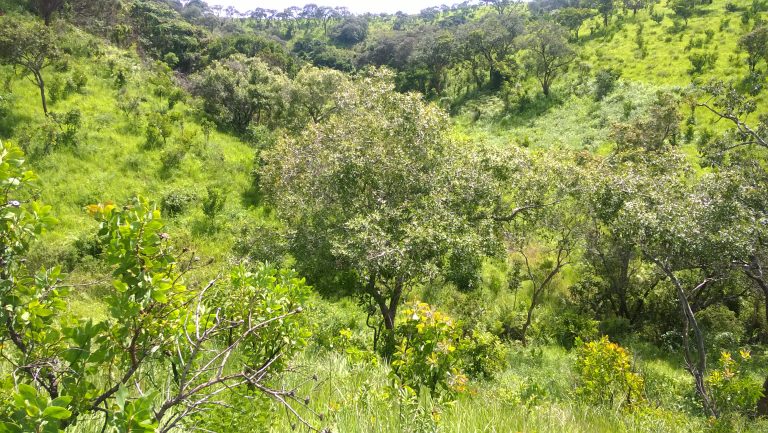Caritas Commission launches a Relief Programme to some of most hard to reach areas in Northern Malawi
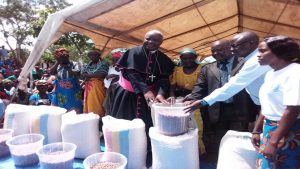
Karonga Diocese through Caritas Commission, a development arm of the church, is implementing a relief programme in Chitipa, Karonga and some parts of Rumphi District in Northern Malawi. This is in response to food shortage due to low yields in the 2015/2017 production season which was affected by drought and floods. Malawi has seen an increase to severe weather conditions in the past 20 years. The Malawi Vulnerability Assessment Committee(MVAC) estimated that 6.5 million people would be food insecure. Karonga Diocese with assistance from Pope Francis has rolled out the programme to cover .......... vulnerable households in the three districts. It reaches out to some of the most hard to reach areas in the country like Tchalo in Rumphi District which can only be accessed by a boat. This is in line with the moto of the Diocese which is " we shall go to them". The project will run for three months from February to April which considered to be the lean months of the year. The launch of the project was done on Monday, 20th March, 2017 and was graced by Right Reverend Martin Mtumuka who is the head of Karonga Diocese.

